Do you immediately think of slime when sensory play recipes are mentioned? We've all seen the viral videos and have our own experiences of children excitedly playing with slime - that gloopy, stretchy, oddly satisfying goop that fascinates children and adults alike (until it ends up in the toilet bowl amid desperate cries of ‘get it out’ or as sticky handprints that seem to cover every chair …and ultimately end up on the back of your shorts which you don’t see until you get home!)
Yes, obviously I've had a few awkward moments with slime play over the years - that’s why I prefer to make my own safe DIY versions using these easy recipes.
As fun and engaging as slime is for children of all ages, there's a whole world of other sensory materials we can explore with children that also support early learning and sensory integration.
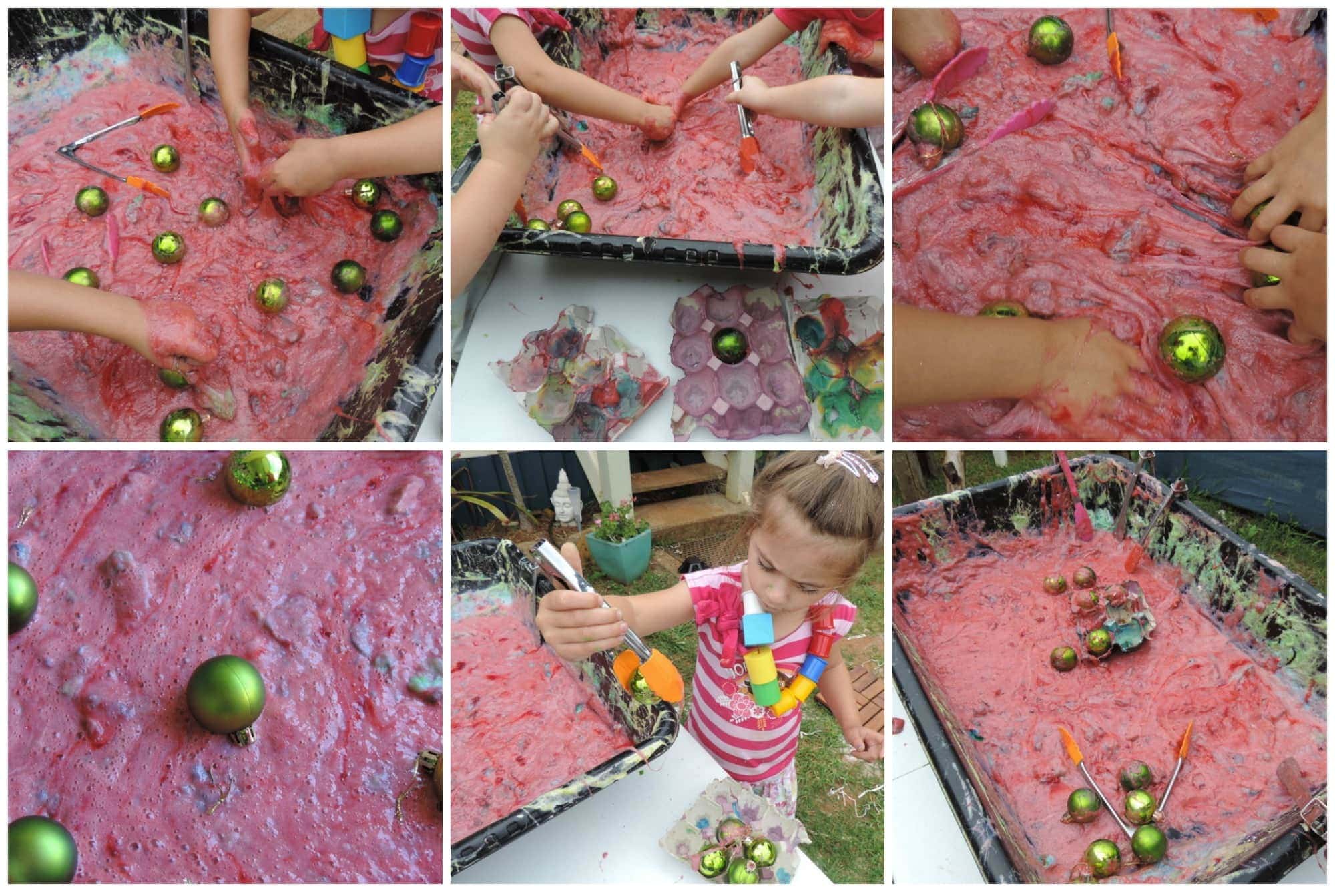
You might have noticed that I write a lot about sensory play and activities on this blog and that’s because sensory play offers so many vital benefits for early childhood development and it doesn’t need to be time consuming to setup or pack away - it doesn’t even need to be messy so don’t let that be your reason not to include it into your activity programs.
As children knead, pour, squeeze, and mould, they're exploring cause and effect. They're strengthening fine motor skills through hands-on manipulation. And they're stimulating cognitive growth as their senses engage.
Sensory play really allows a child's natural curiosity to unfold. They touch, see, hear, smell, and even taste as they interact with different materials and this first-hand experience is how children learn about concepts like texture, weight, colour, and temperature.
Sensory play paves the neural pathways for skills they'll need throughout their lives.

In this post, I’ll share some of the many sensory materials you can bring together at home, family daycare or your early learning centre to invite sensory investigation.
From fluffy foam to moldable edible doughs, each offers a unique opportunity for sensory exploration. The children will be engaged in discovery as they experiment with goop/oobleck's strange properties or relish the scents in homemade playdough.
Using just a few simple, safe ingredients, you can introduce a diverse range of hands-on learning experiences for different ages from toddlers through to school age while also stretching your budget further as most of the ingredients or materials required you probably already have lying around or are very cost effective to purchase.
So let's explore just how many sensory messes we can make...um, I mean ‘early learning experiences’ we can create. Some of the following recipes you have no doubt already tried so scan the list until you find a new one you can try (or an old fav you had forgotten about!).
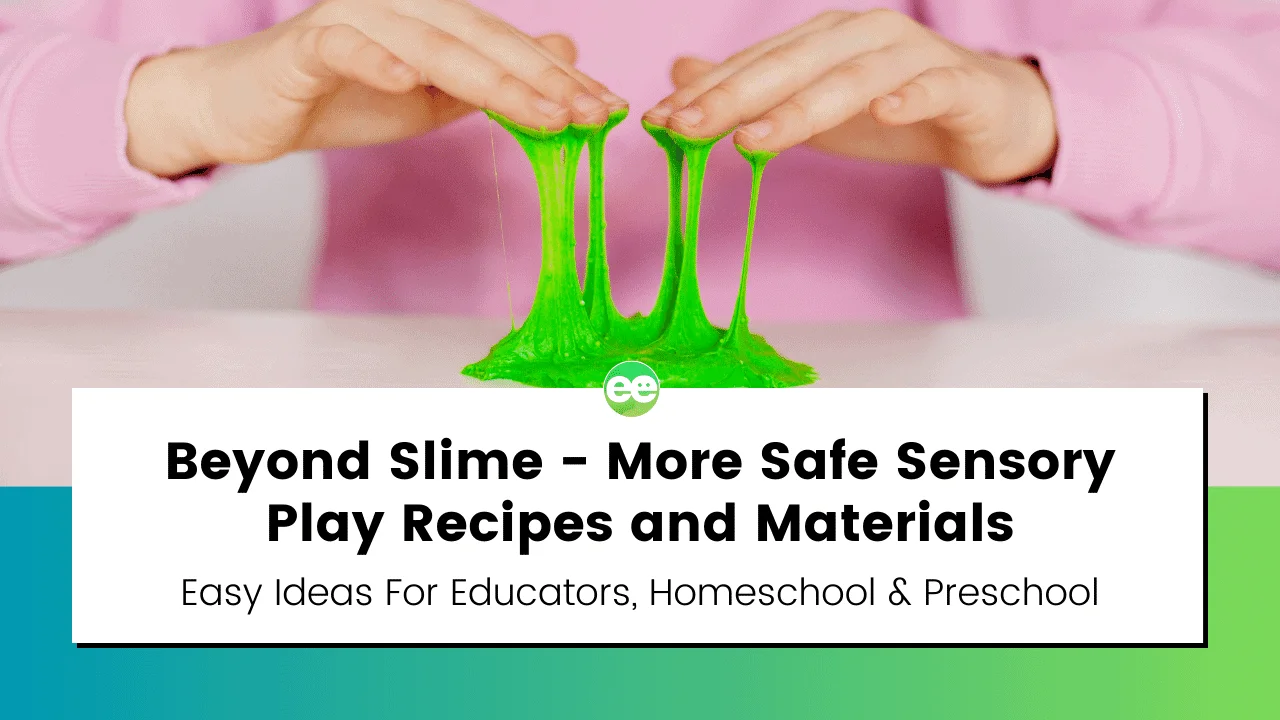
Safe Sensory Play Recipes To Use
Playdough is a classic sensory material that most of us fondly remember from our own childhoods. The soft, moldable texture is perfect for little hands to strengthen their fine motor skills. As they squeeze, roll, and pinch the dough, they're developing the muscles and coordination needed for later handwriting and manipulation tasks.
And of course, playdough unleashes their creativity and imagination! As they create anything their minds envision, they're learning cause and effect, problem solving, and construction skills.
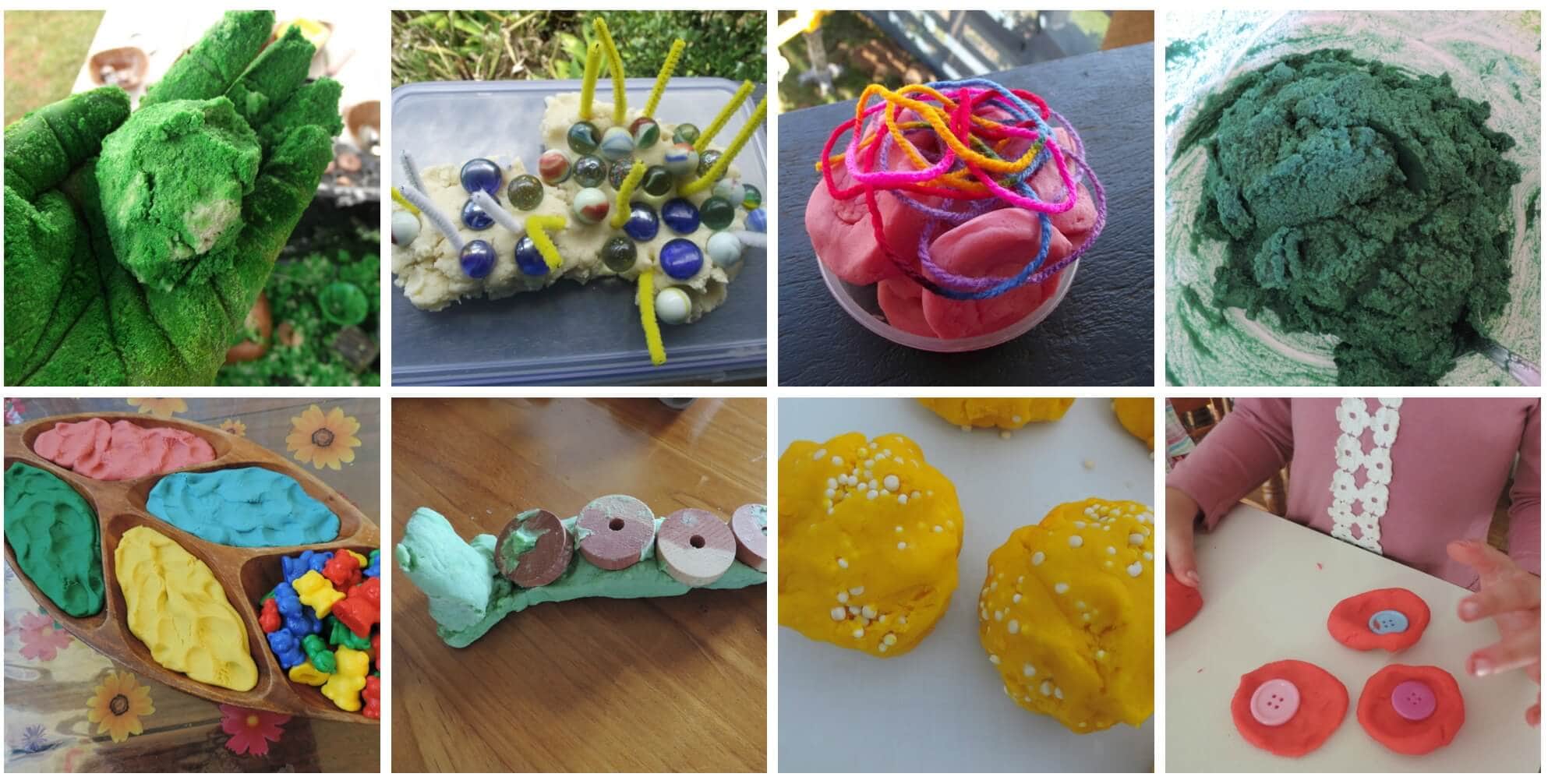
Recipe 1 - Uncooked Playdough
What You Need
What To Do
First, measure out the dry ingredients (flour, salt, cream of tartar) into a large bowl.
Add the oil and mix together with your hands. In a separate container, mix a few drops of food colouring into the boiling water (or, I personally like to use edicol dyes for brighter colours - I also use them in this homemade cornflour paint recipe) .
Then slowly pour this coloured water into the dry mixture, stirring continuously.
Keep mixing until it forms a cohesive, stretchy dough. Sometimes you can’t get the texture you want so you can also mix on the hotplate for more heat.
Once it's cool enough, let your budding chefs knead the dough for a few minutes to reach the perfect consistency. Store any unused dough in an airtight container.
The best part? Playdough can be made over and over again! Just add a tablespoon of water and knead when it starts to dry out.
Recipe 2 - Microwave Playdough
If you're a saucepan burner like me when making playdough or can never get the consistency just right with the boiling water version, then this easy microwave recipe is for you. It takes just minutes and is one of my go to favourites.
Seriously wish I’d had this recipe when I was working as an assistant in the 90’s and had to make the playdough every few days!
What You Need
What To Do
Mix the dry ingredients together in a microwave-safe bowl. Add the water, oil, and a few drops of food colouring or sprinkle of edicol dye. Stir well.
Microwave the mixture for 1-2 minutes, stopping to stir every 30 seconds. It may seem too runny at first, but keep cooking and stirring until it forms a doughy consistency.
Let cool slightly before kneading. And voila! Ready-to-play playdough in record time.
I also like to use this recipe for my ‘Magic Marble Playdough’ - it’s a fun one to explore cause and effect and colour recognition ‘teachable moments’ in a playful way.
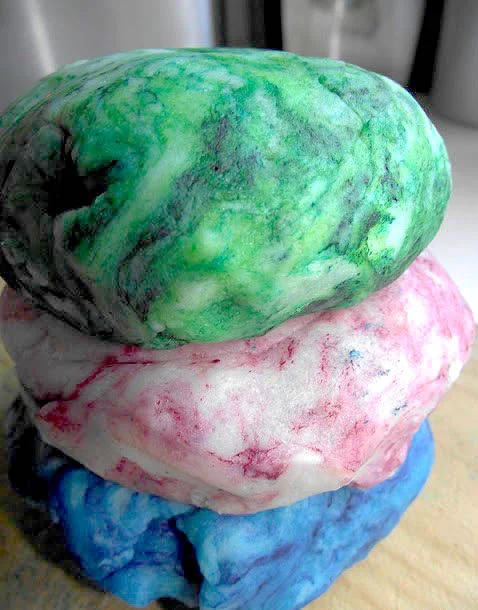
Recipe 3 - Sweet & Spicy Playdough
Homemade playdough is the perfect base for scented sensory play.
What To Do
For a warming, spicy scent, knead in 1 teaspoon each of cinnamon, nutmeg, ginger, and allspice. The aroma will remind kids of cosy holiday baked goods.
If sweet fruity scents are more their style, try adding 1/2 teaspoon each of vanilla , maple, and orange extracts.
Stir in the powdered spices or liquid extracts as you initially mix the dough. Then watch them sniff with delight as they create!
Please keep in mind that for some children (or adults!) these scents may be overpowering for them so always observe closely, don’t pressure children to play with this dough if they seem agitated by it and of course be aware of any allergies before offering this version.
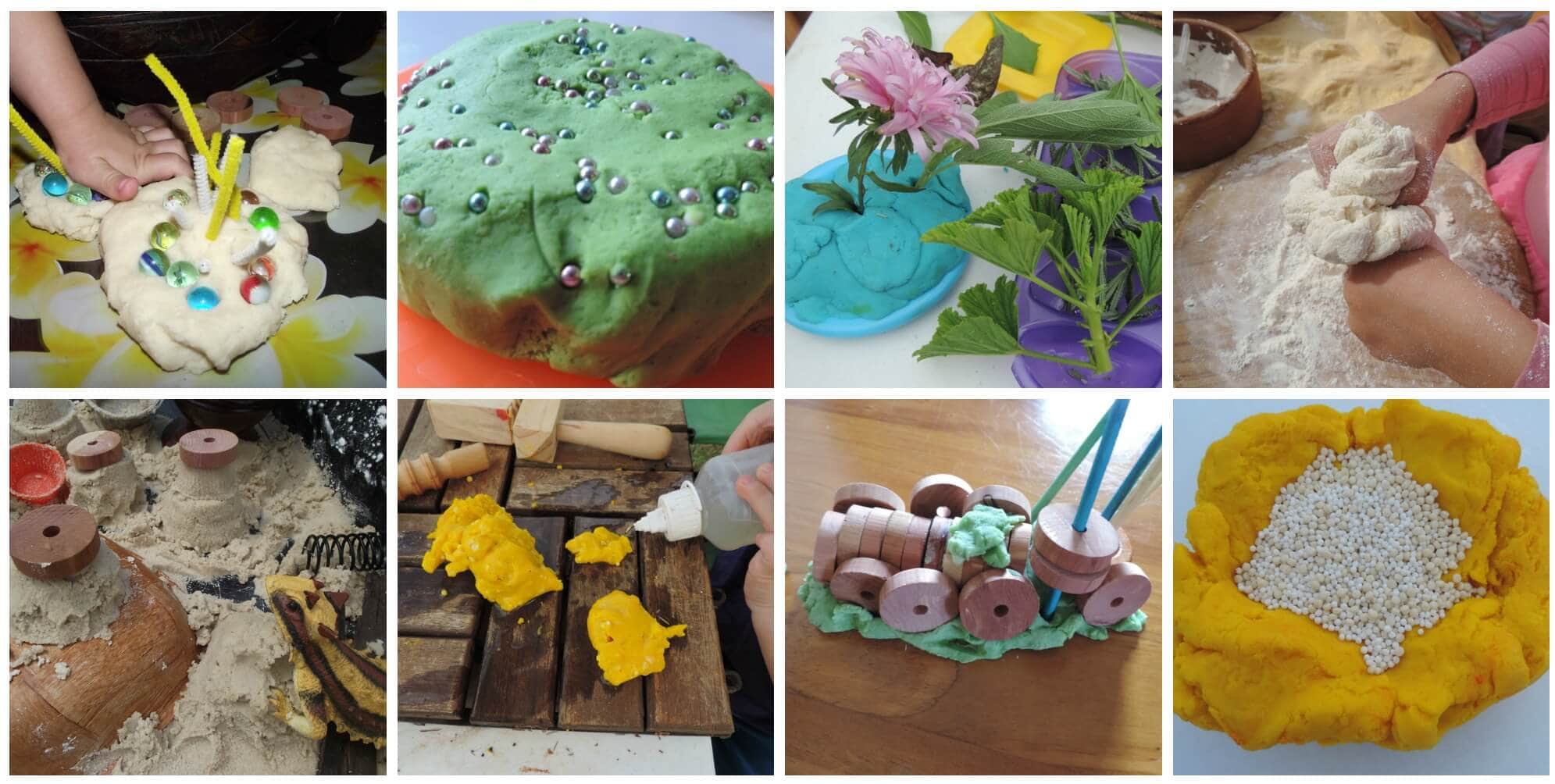
Fun Extenders To Foster Imaginative Sensory Play:
Get creative with your playdough tools! Along with the usual rolling pins and cutters, here are some fun, everyday materials to encourage open-ended play:
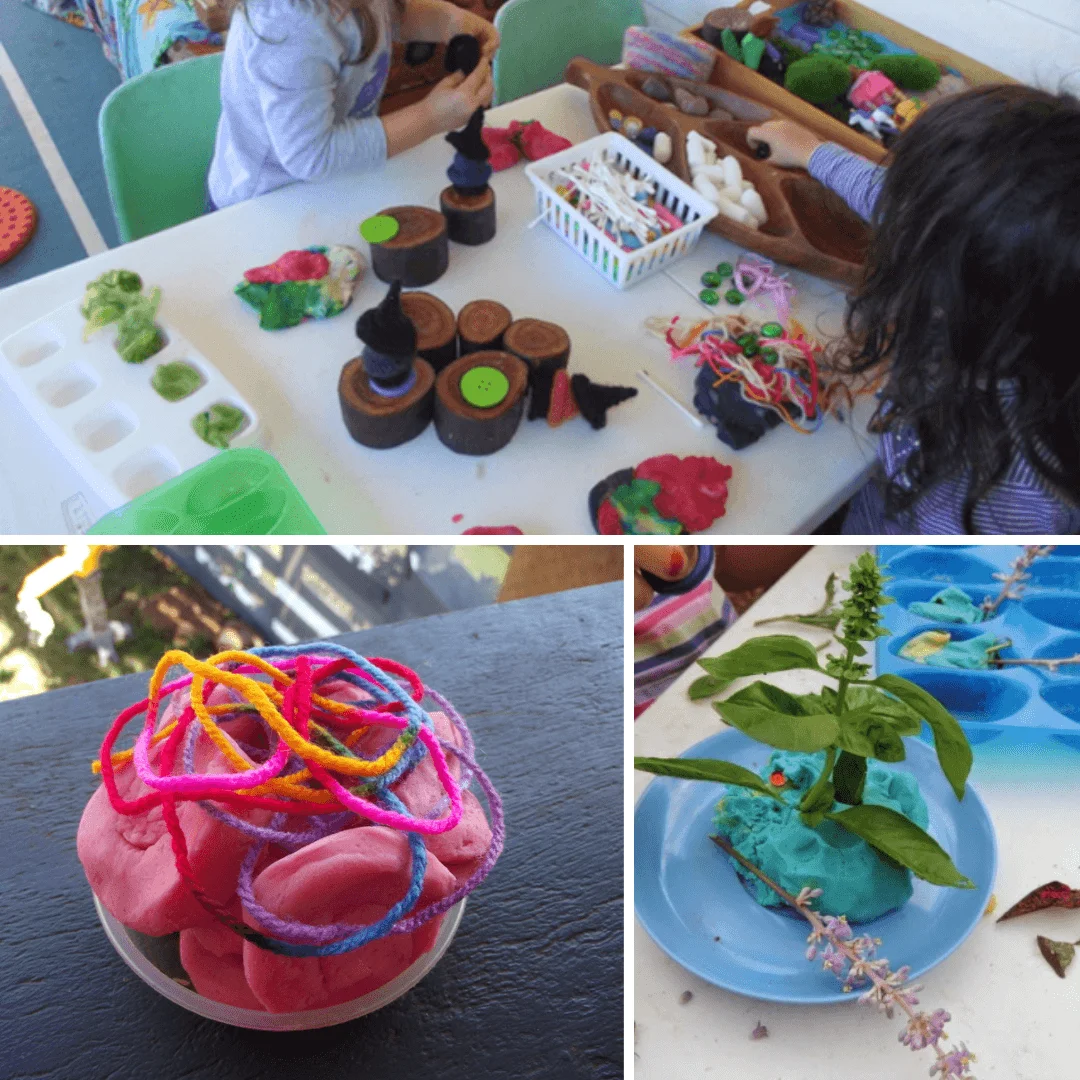
Household Items to Inspire Open-Ended Sensory Play:
The best tools are ones that allow children to take the lead! Everyday items from nature or your kitchen spark creativity without limiting how they can be used.
Goop/Oobleck (Cornflour + Water)
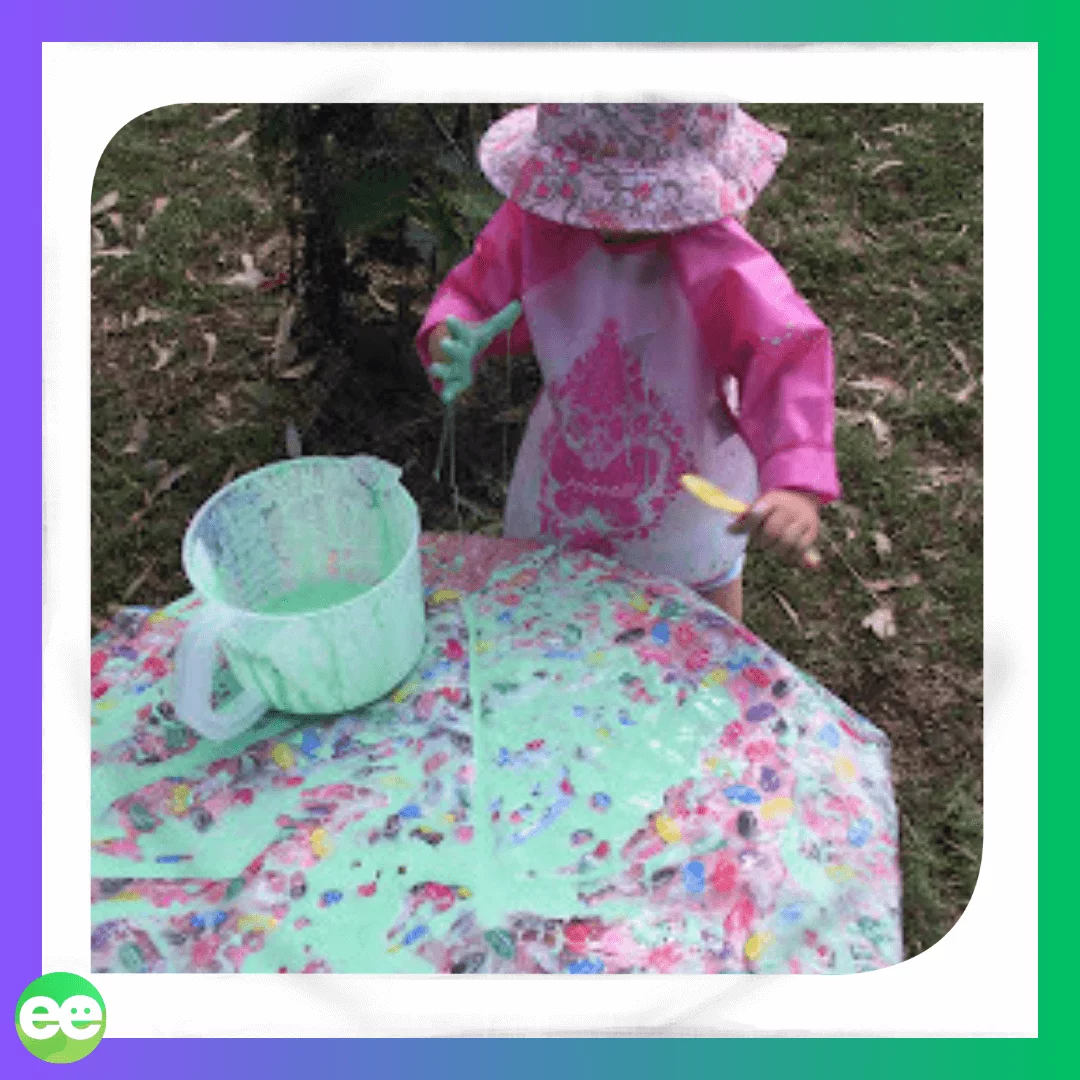
What You Need
What To Do
Simply mix the cornstarch and water together in a large bowl or wide tub.
Encourage your children to explore how the oobleck/Goop oozes and drips when poured, but feels solid when they try to grab a handful.
Let them experiment with textures by adding more or less water. They can mould it, make imprints with objects, and watch it drip through their fingers.
The science-y magic will fascinate both their minds and their senses! I have also provided a small amount in separate bowls for each child to explore on their own.
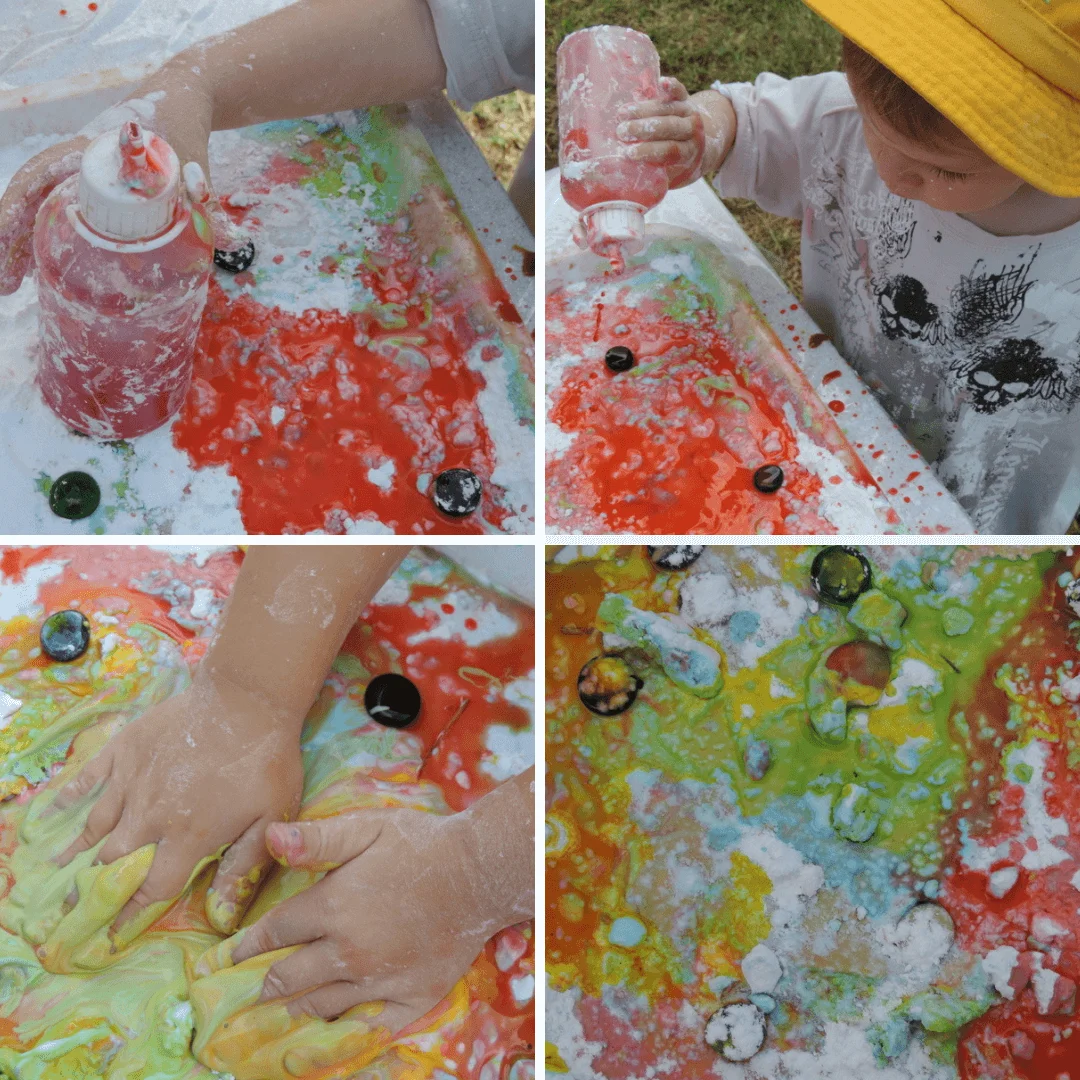
Cloud Dough
Cloud dough gets its name from the soft, fluffy texture that lets kids scoop, squeeze and mould it like a cloud. And the best part - it's safe if ingested!
Made from just two ingredients, this sensory material is safe for babies and toddlers to explore with their mouths as well as their hands (Don’t worry - they won’t eat it by the handful as it doesn’t taste great but it lets them safely satisfy their mouthing reflex)
What You Need
What To Do
Mix the flour and oil together in a large container or bin. Use your fingers to knead the oil into the flour until it takes on a texture like crumbly sand.
Add a bit more oil if it's not sticking together. The resulting cloud dough should be moist enough to mould into shapes that hold their form.
Set out moulds, scoops and other tools for shaping. Hide treasures like plastic insects and flowers inside and let children dig around to find them. Possibilities for open-ended play are endless!
Store any unused portions in an airtight container to maintain the texture.
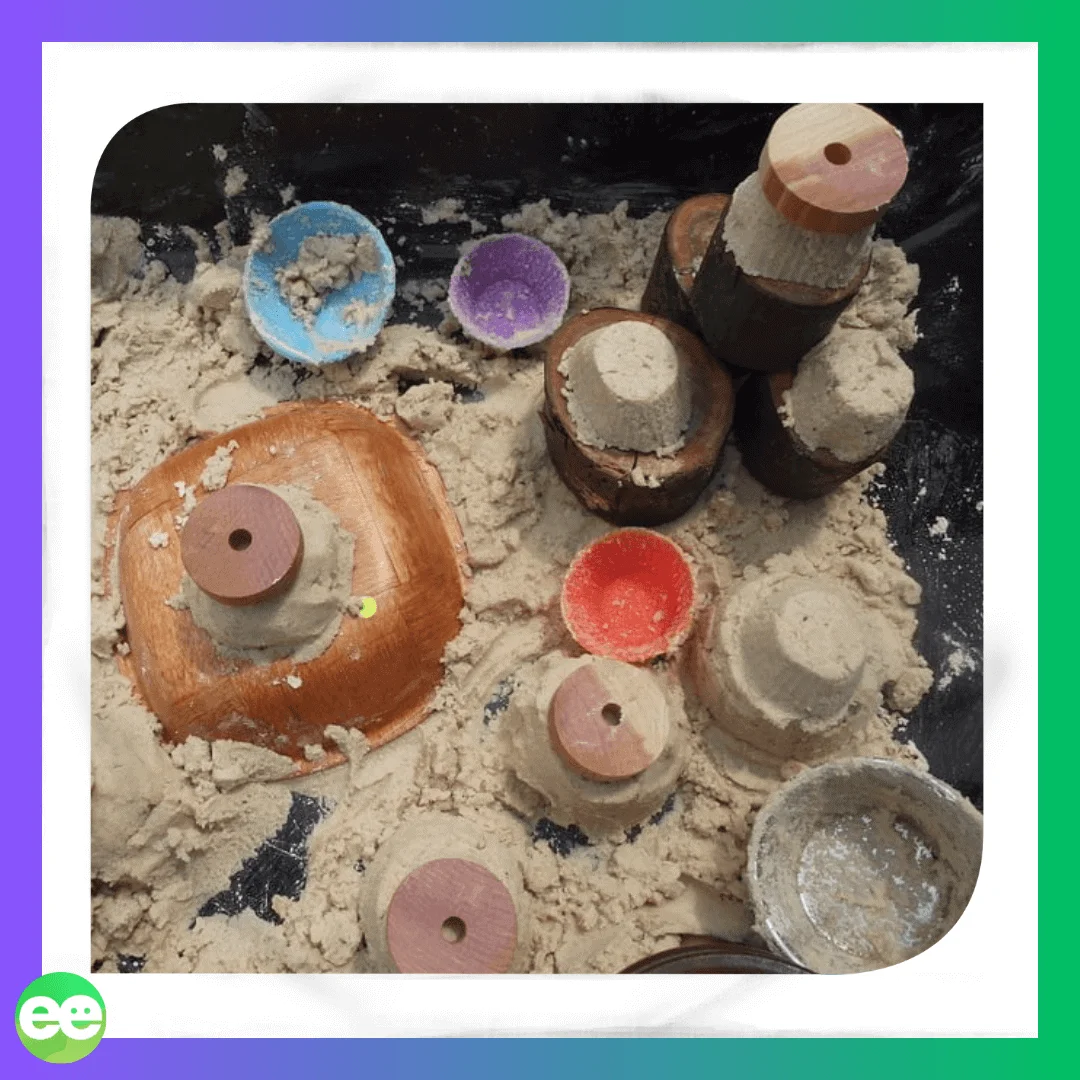
Homemade Fluffy Foam
Always supervise closely - best used with 3 years up
Few textures delight young children as much as light, airy foam. They can't resist squishing it through their fingers and whipping up foamy concoctions.
This easy homemade foam brings the fun, without the mess , expense and chemicals of shaving cream.
What You Need
What To Do
Simply mix the dish soap and water in a bowl. Add a couple drops of food colouring if desired. Using a hand mixer or whisk, beat the mixture vigorously for a few minutes.
It will transform into a delightfully fluffy foam that peaks just like whipped cream. Provide spoons and cups so children can transfer foam from bowl to bowl and marvel at the results.
Foam is also loads of fun outdoors. Offer spray bottles to squirt foam onto trees and sidewalks, then use paintbrushes to create foamy art. Just be sure to rinse off when finished.
When properly supervised, (obviously you will need to be present due to the detergent in this recipe), foam allows creativity and sensory exploration to overflow…and it’s a quick cleanup as the detergent is already there!
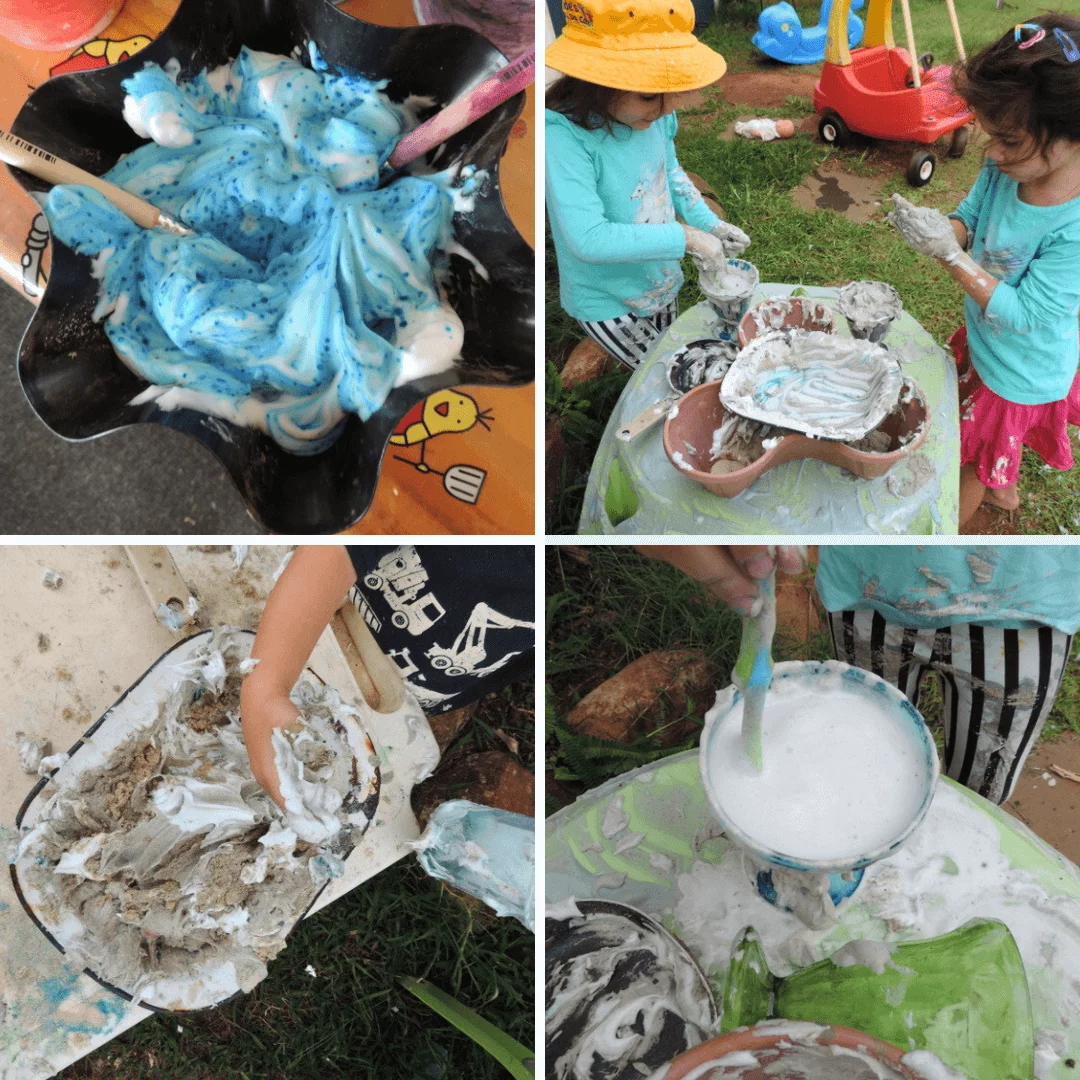
Homemade Play Putty
Always supervise closely - best used with 3 years up
Putty is a classic sensory material that provides endless fun for little hands. Your budding learners will delight in squishing, sculpting, and stretching their own homemade putty creations.
And you get to delight in how simple it is to make! With just two ingredients, you'll have sensory bliss in minutes.
What You Need
What To Do
Pour the glue into a bowl. Add the laundry detergent and stir to combine. It will begin to form stringy clumps - this is a good sign!
Keep mixing until the ingredients are fully incorporated. Then start kneading with your hands to reach a smooth, putty-like consistency. Add a drop of detergent or glue if needed.
Putty provides great sensory stimulation for little muscles. Encourage children to roll it into balls, snakes, or anything their imagination desires!
Store any leftovers in a sealed container or ziplock bag. Just give it a knead when dryness sets in.
Gelatin Squish Bags
These solid gelatin bags offer an utterly satisfying sensory experience for little hands.
The stretchy squishiness enhances tactile development, and adding sparkles creates visual appeal too!
What You Need
What To Do
Prepare the gelatin according to package directions. For extra sensory fun, let your child help stir!
Once the gelatin is fully dissolved, pour it into a sturdy ziplock bag. If desired, add a spoonful of glitter, sequins, or confetti for some extra visual excitement.
Seal the bag securely, eliminating as much air as possible. Then lay flat in the refrigerator until completely set, usually 1-2 hours.
Once hardened, the gelatin creates a moldable squishy texture that's infinitely satisfying to little hands. Supervise play to ensure bags aren't ripped and gelatin isn't mouthed. Then let the squeezing and squishing commence!
Bubble Wrap Paint Stomp
Little feet will love stomping and popping their way to a masterpiece with this sensory painting experience!
What You Need
What To Do
Cover the work surface to protect from drips. Then squeeze or drip paint generously over the bubble side of bubble wrap.
For extra sensory appeal, encourage children to help with the painting step! They'll love the feel of pushing the paint around.
Place the painted bubble wrap paint-side down on a sheet of paper or canvas. Then let the stomping begin!
Lift periodically to reveal the paint designs left behind. Encourage children to step, jump, and stomp to pop the bubbles and spread the paint.
The end result? A vibrant work of art and a whole lot of textured sensory fun for little feet!
There are lots of ways to reuse bubblewrap for some sensory play - my toddler group loved this simple bubblewrap, eggshells and hammer activity!
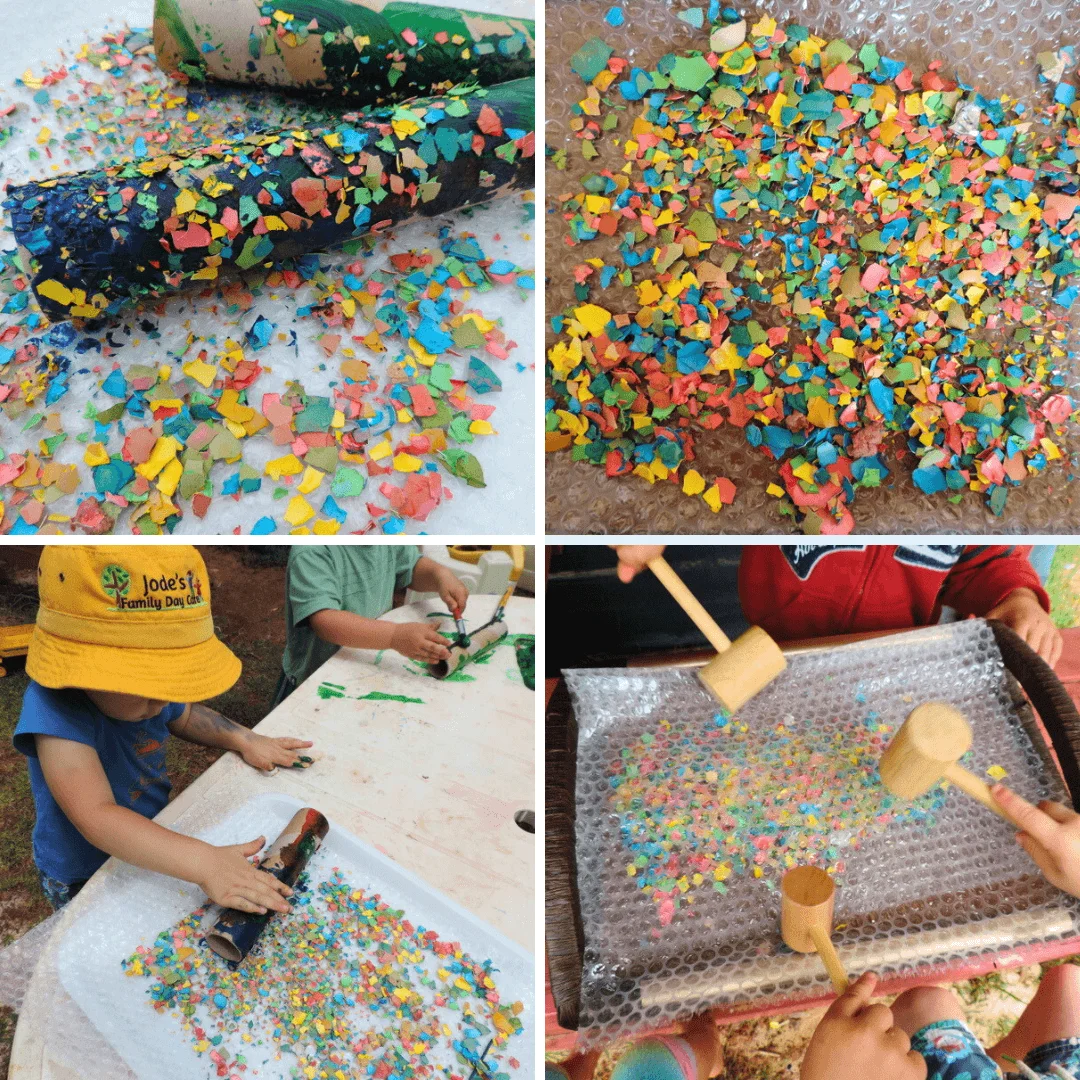
Fingerpainting with warm cornflour paint on bubblewrap or rolling a cardboard roll wrapped in bubblewrap provides lots of sensory fun too...
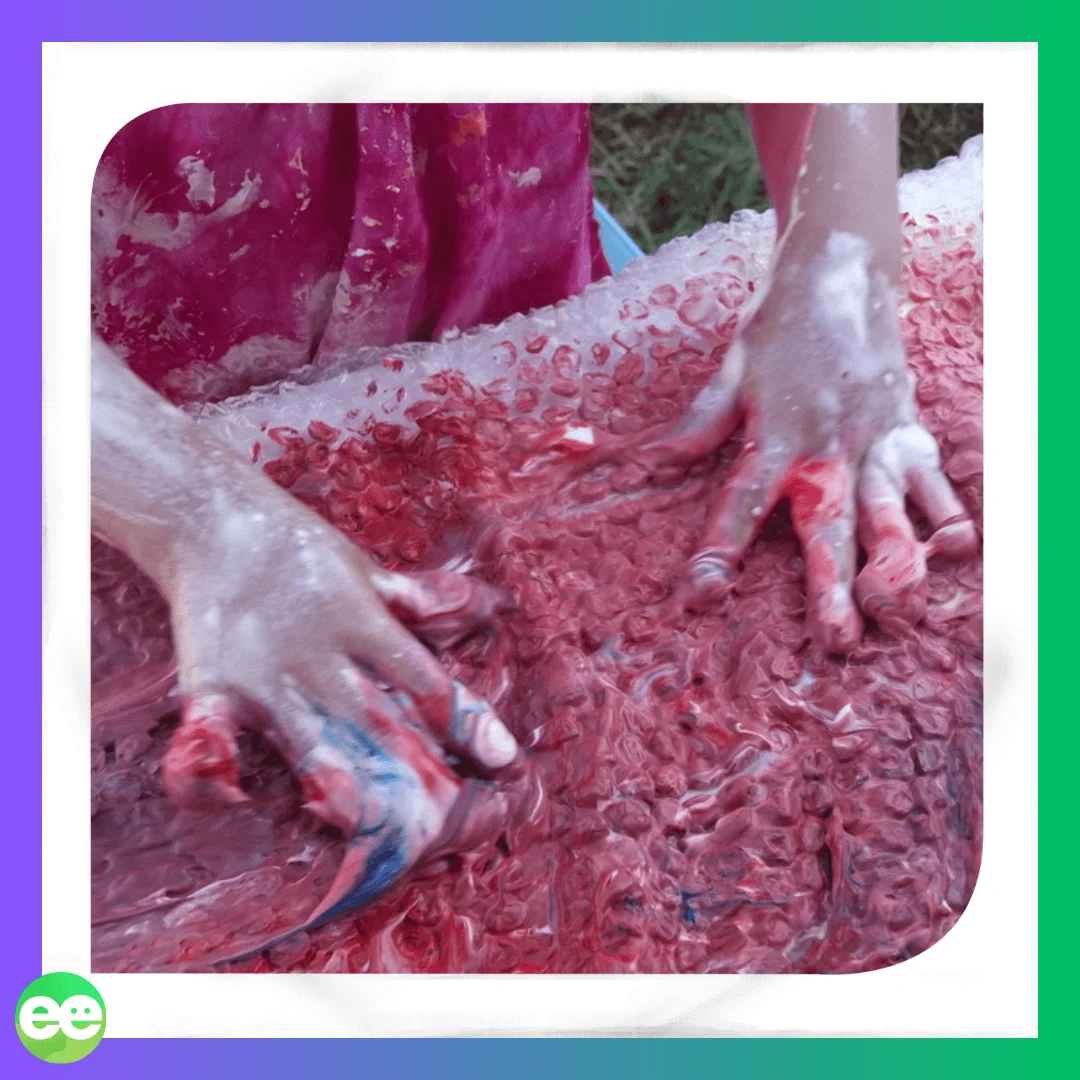
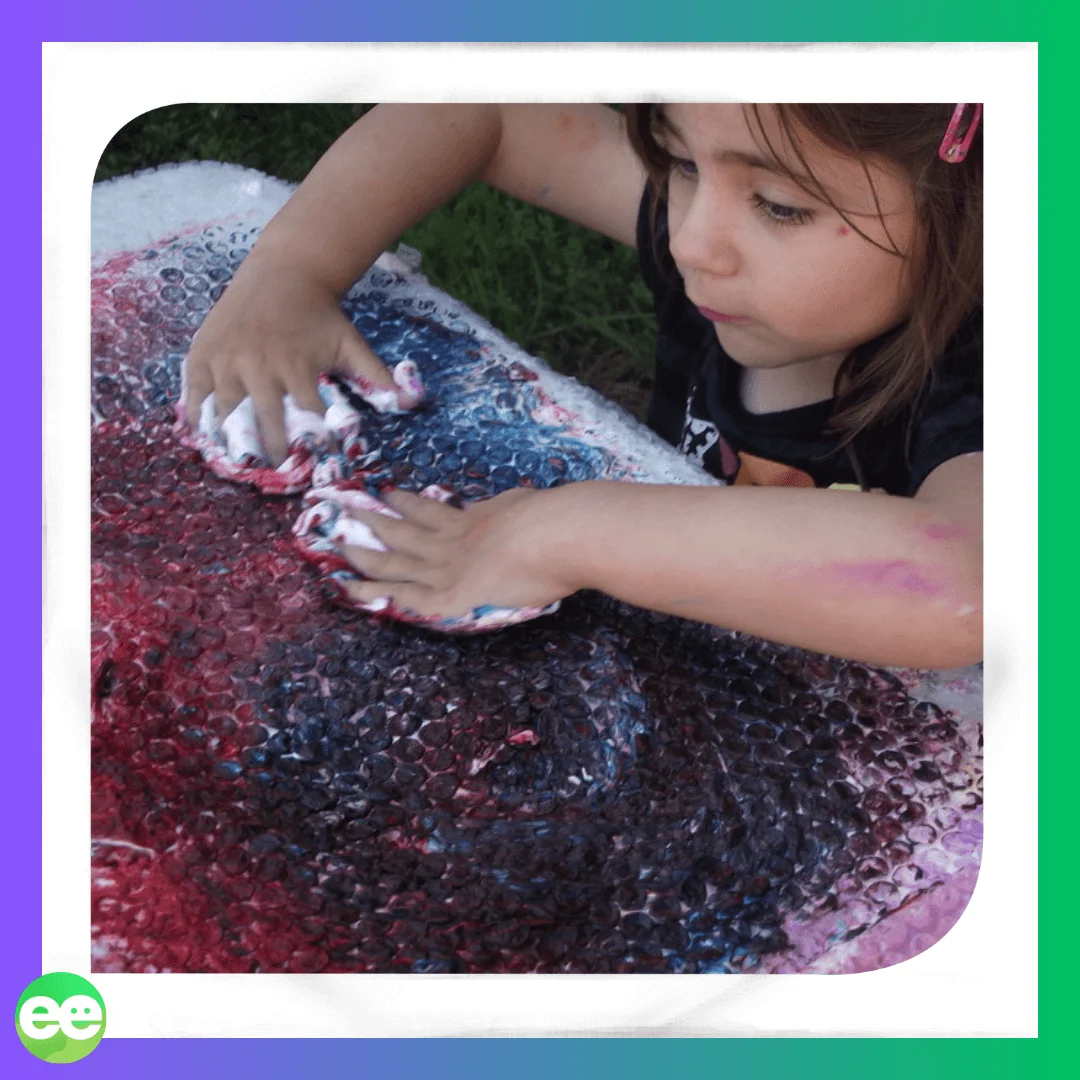
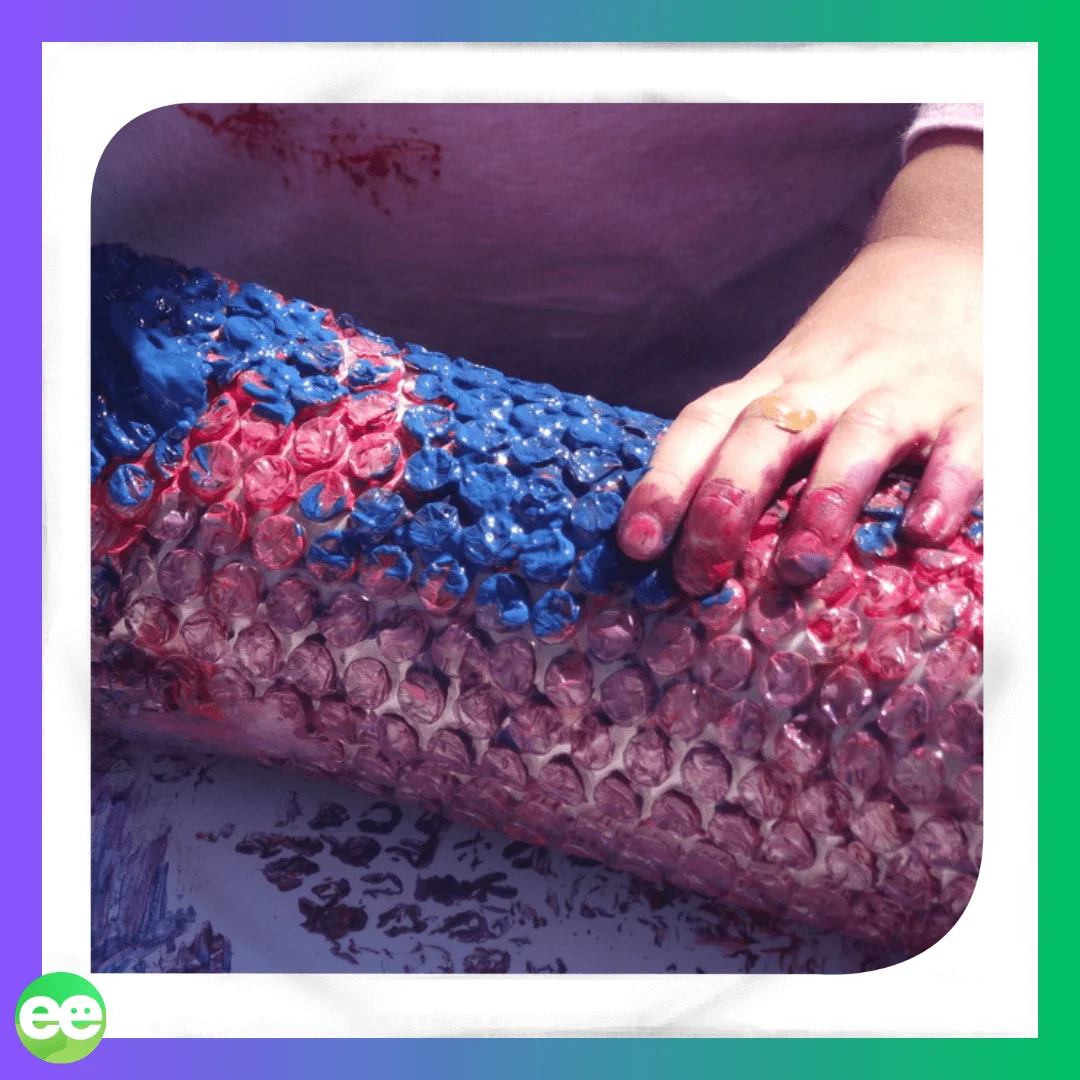
Fizzy Ice Cubes
These DIY fizzy ice cubes are a cool sensory science experiment! An opportunity for you to help children learn about simple chemical reactions while playing with ice.
What You Need
What To Do
Start by adding a spoonful of bicarb/baking soda to water in an ice cube tray. Add a few drops of colour if desired.
Freeze overnight until solid ice cubes form.
Once frozen, pop out the cubes and place in a shallow tray. Provide droppers or cups of vinegar for pouring.
Then watch your junior scientists marvel as the ice sizzles, bubbles, and fizzes when the vinegar hits! A chilly sensory delight.
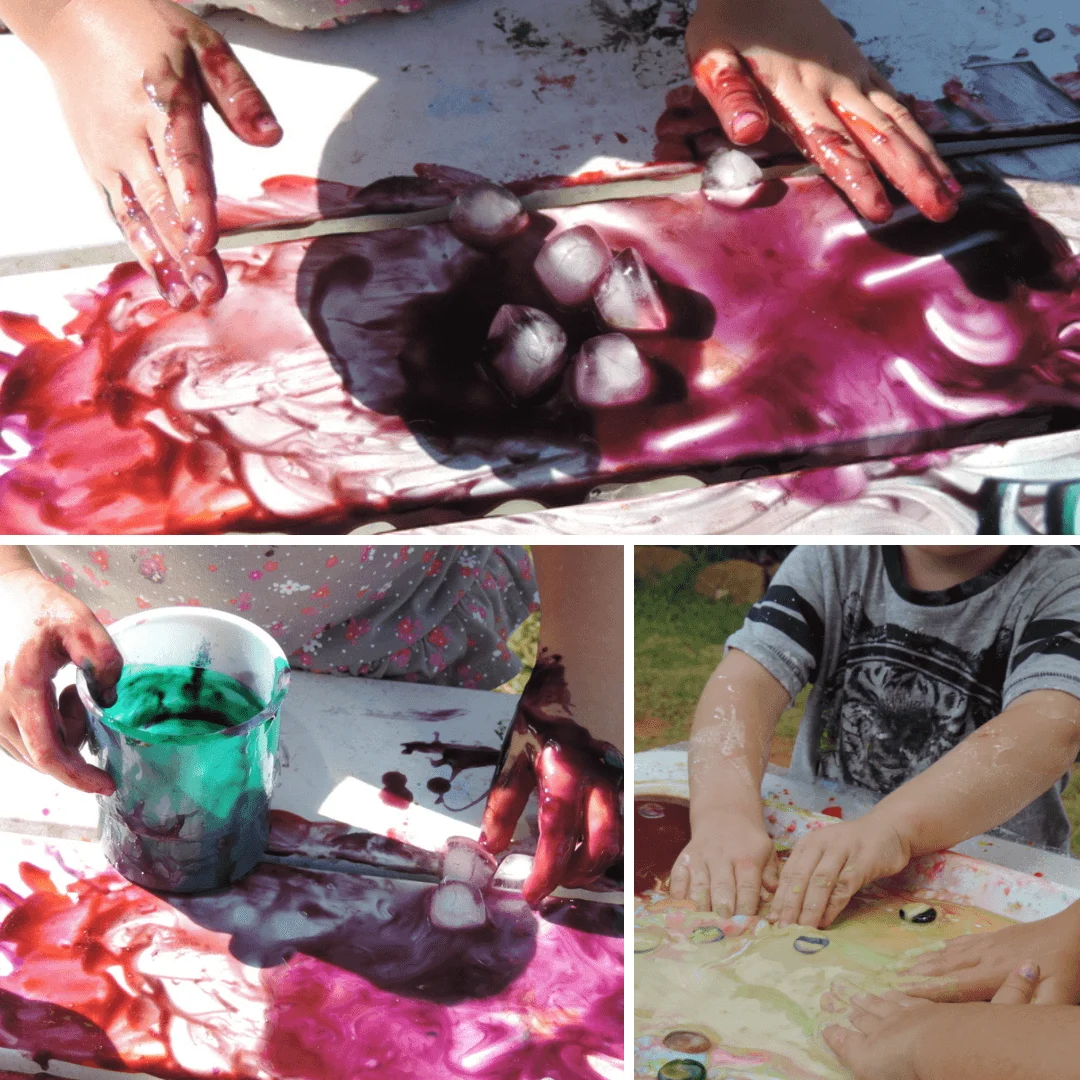
Fizzy Foaming Potions
Creating potions is always a thrill! Up the sensory ante by making them fizzy AND scented.
Start by mixing a few tablespoons of dish soap with warm water and 2-3 drops of essential oil in jars. Then let your junior scientists add a spoonful of baking soda followed by a splash of vinegar.
They'll marvel as the scented potion erupts with foamy fizzing fun! Just be sure to supervise - I find this activity works best with children aged 3 years and over.
If you don’t want to use detergent or scented oils just set up a jug of water with your jars and some materials you are happy for them to mix and fill with before adding the bicarb and vinegar.
Here are some other ideas to use for inspiration.
How Do Sensory Play Recipes & Activities Align with Early Childhood Frameworks, Standards & Development?
With all these wonderful sensory materials to explore, you may be wondering - how does playing with goop and cloud dough actually help children learn?
Sensory experiences align beautifully with several principles and outcomes of the Early Years Learning Framework (EYLF) Version 2.0, which is used in early childhood education in Australia.
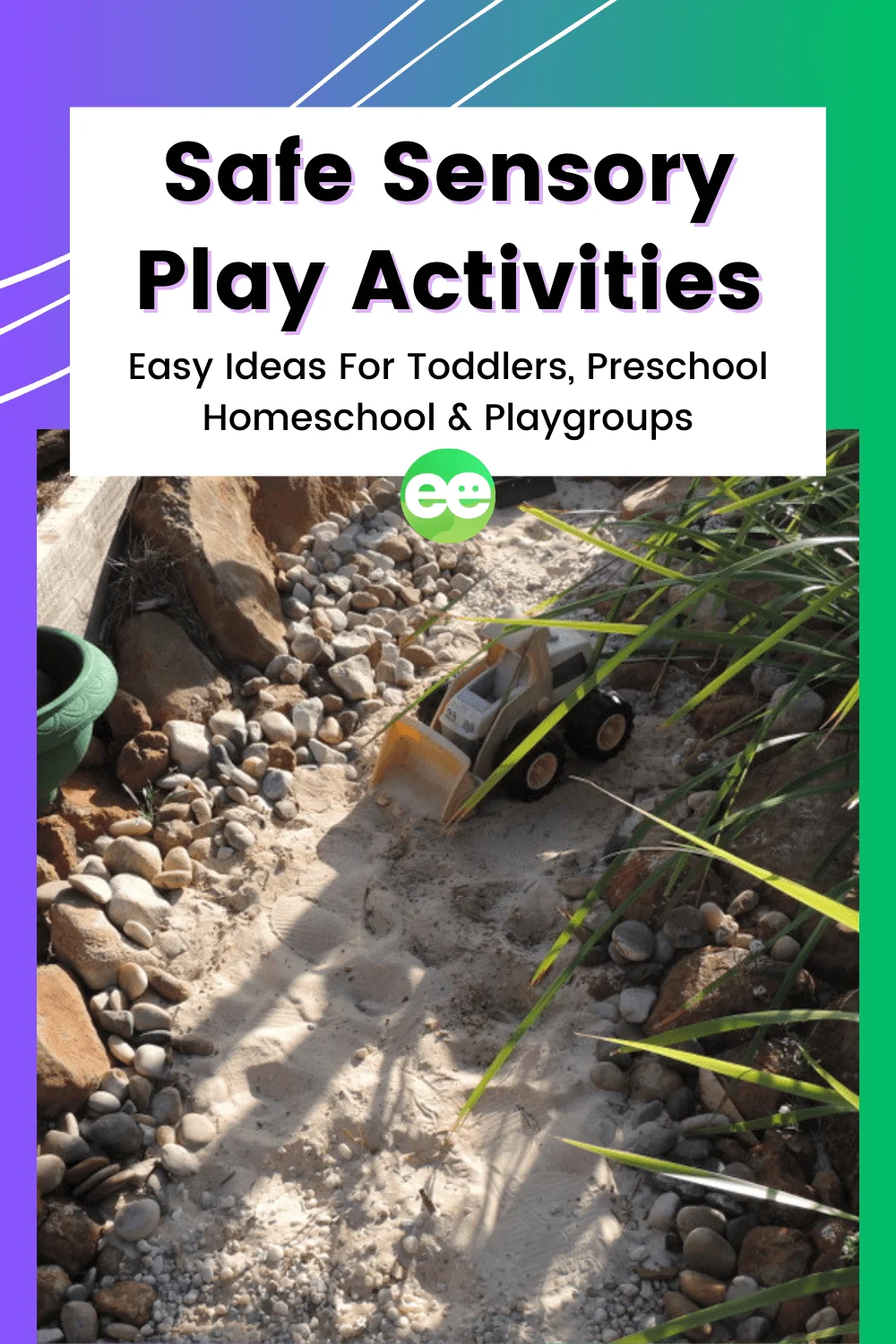
Early Years Learning Framework (EYLF)
Here's a brief guide to how sensory play relates to the EYLF principles and outcomes to support your planning and assessment.
New EYLF 2.0 Principles & Sensory Play
Sensory play can be a powerful tool in implementing the principles of Sustainability, Aboriginal and Torres Strait Islander perspectives, and cultural responsiveness within the EYLF Version 2.0.
By thoughtfully integrating these principles into your sensory play, you'll be creating more inclusive, respectful, and engaging early learning environments that support all aspects of children's development.
Sustainability
Aboriginal and Torres Strait Islander Perspectives
Cultural Responsiveness

Other EYLF Principles...
Secure, respectful, and reciprocal relationships
Sensory play promotes secure, respectful, and reciprocal relationships by encouraging interactions between children and educators during play. This collaborative play supports social learning and mutual respect.
Equity, Inclusiveness, and High Standards
Sensory play can be tailored to meet the diverse needs and abilities of all children, reflecting high expectations and equity. It provides various levels of challenge and can be adapted for children with additional needs, ensuring all children can participate.
Continuous Professional Development and Critical Reflection
Educators can use sensory play as a tool for ongoing learning and reflective practice by observing children’s interactions and experimenting with different materials, thereby refining their approach to support learning and development effectively.
Respect for Diversity
Through the inclusion of materials and themes from various cultures in sensory play, educators can foster respect for diversity. This helps children appreciate and understand the wide range of cultures in their community.
Partnerships
Engaging families in sharing sensory play ideas or materials from home supports partnerships. It shows respect for the child’s home environment and encourages a home-learning environment connection.

Let’s Take A Look At How We Can Connect Sensory Play to the EYLF Learning Outcomes & Development...
(this can obviously vary depending on what type of sensory play experience you are setting up so this is a general guide only!)
DEVELOPMENTAL DOMAINS
EYLF Learning Outcomes Strengthened Through Sensory Play:
Not an Australian Educator?
I’ve also included a guide below connecting sensory play with 3 other core educational frameworks or standards that are currently used in New Zealand, the United States, and the United Kingdom.
Click on the tabs below to reveal the connections for the framework or standards you follow…
NZ - Te Whāriki
USA - NAEYC STANDARDS
Early Years Foundation Stage (EYFS)
How They Align With Sensory Play...
Sensory play activities support Personal, Social and Emotional Development (PSED) by providing opportunities for children to play cooperatively, express feelings, and develop empathy and social skills.
Physical Development is enhanced through sensory play as children engage in activities requiring fine and gross motor skills, such as scooping, pouring, and balancing.
Sensory play enriches Communication and Language by exposing children to new vocabulary and encouraging them to communicate their experiences, thoughts, and ideas.
Exploring materials that reflect the natural and human-made world supports the Early Learning Goal of Understanding the World, as children investigate properties of materials, observe changes, and learn about their environment.
Sensory Play Recipes & Tips for Children with Special Needs
While sensory play offers many benefits, some children may have special needs that require extra planning and thought when introducing tactile experiences. When working with children with autism spectrum disorders, sensory processing disorders, or other exceptionalities, it is important to understand and accommodate their unique needs and learning styles.
What engages one child may overwhelm another. For example, a child who seeks deep pressure input may enjoy wrapping up in a weighted blanket during games, while a different child may prefer gentle textures like playdough or kinetic sand.
Avoid over-generalising sensory supports. Instead, observe each child's individual responses and modify your activities and environments accordingly.
If you can, work closely with families and any therapists to understand the child's sensitivities and triggers. Ask about their preferences, aversions, and coping strategies.
Non-Food Sensory Material Ideas to Support Different Needs:
The most important strategy here though is communicating and collaborating with each child's therapists and family to better understand their unique needs and your capacity to support and set goals for this child.
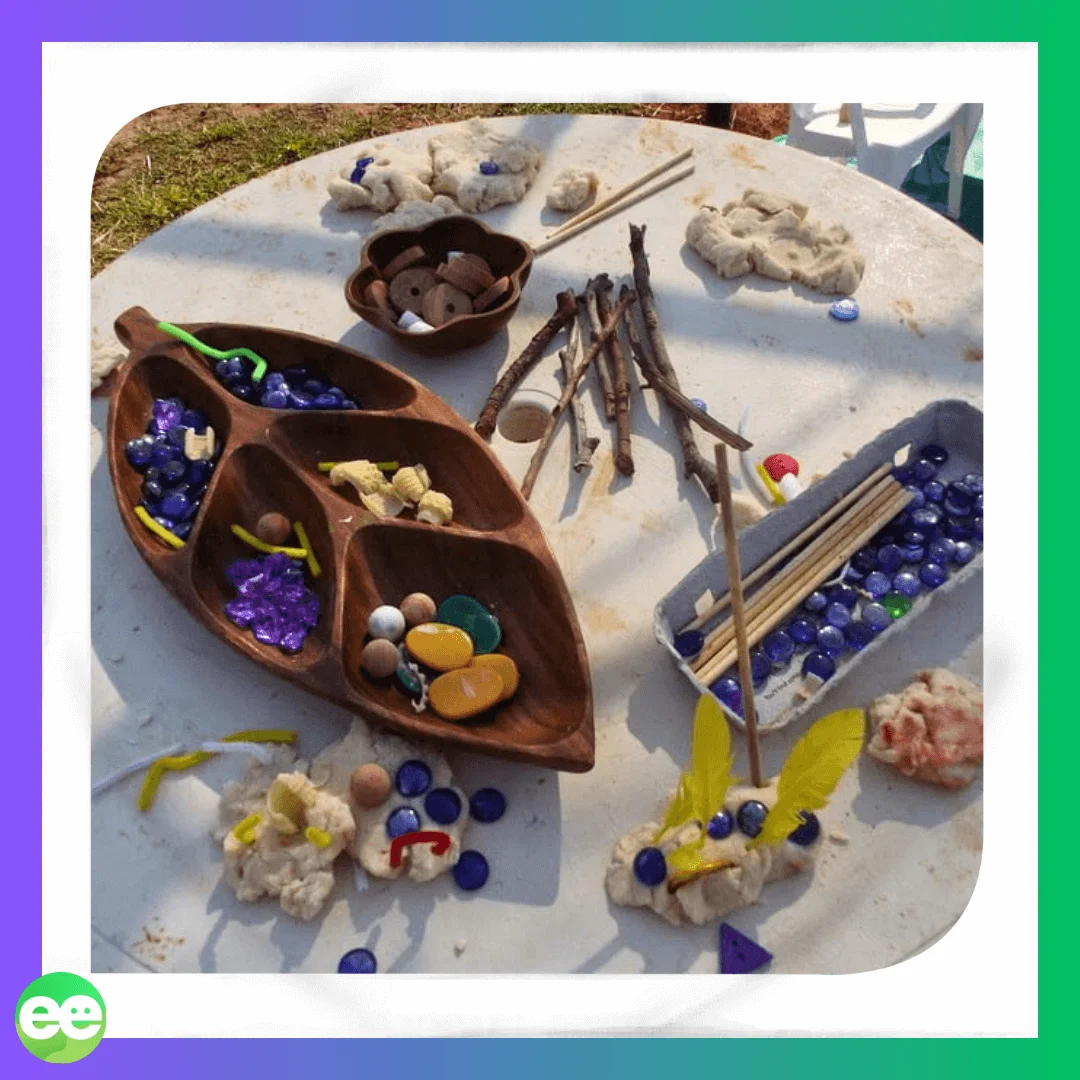
It's essential that you let the child take the lead. Provide choices, but don't force interaction with any material they seem unsure about.
Successful engagement will come when the child feels safe, secure and empowered to explore sensory experiences at their own comfort level.
With time and positive exposure, many children overcome sensory aversions. But the process requires patience, empathy and respect for each child's needs (I know this from experience with my own child!). Working as a team ensures sensory play remains an enjoyable learning experience for every child.
If you’d like more strategies and tips for introducing sensory play to children with oral or tactile aversions read the posts I’ve linked for you below...
How Could An AI Education Assistant Help?
How To Make Planning For & Modifying Sensory Play Easier
I know gathering sensory materials and setting up (or cleaning up!) sensory play experiences can seem like too much effort for some educators and parents, especially when you have toddlers or work on your own in a family daycare service but it doesn't have to be an overwhelming, solo effort..you now have access to your own Assistant which leaves you more time to interact and engage in the fun rather than just prepping it.
In recent blog posts I’ve been sharing innovative ways that educators, homeschool parents and teachers can now use artificial intelligence tools, (in particular generative AI chatbots) to make planning and modifying activities for individual learning easier but also improve outcomes for children - especially those with special needs.
So to finish off this post today I want to leave you with a few ways you can use the Academy AI Assistants or tools like ChatGPT to get personalised support and inspiration for your sensory play plans and setup…in just minutes using the right prompting!
If you’ve never heard of using AI assistants to help with your planning or you’re now wondering if I might have lost my mind and started writing a science fiction post instead…please visit this page to listen to my podcast ‘Early Education in the Age Of AI’ where I break down all the essentials for you.
You can also click here to browse the growing collection of AI For Early Education blog posts.
I explain the basics of asking an AI Assistant a question which we call prompting the AI in my workshop here but I’ll share some easy to follow tips for you below - The trick is understanding how to write thoughtful prompts (questions) that allow the AI to provide useful, more personalised responses - then adapt its suggestions to best suit your children, environment, goals and curriculum.
Here’s some more ideas to inspire creative thinking and collaboration…
Getting Started:
Ideas for Different Ages:
Reflection Help:
What matters most here is collaborating with the AI - so describe your situation, obstacles, and goals, and let it provide specialised recommendations to support your forward planning and evaluations.
The back-and-forth process can inspire new ideas tailored to your specific early learning environments and goals.
If you’re not sure what makes a good prompt or where to start I take you step by step through how to write effective prompts using my Empowered Ed EASE framework and give you a huge collection of done for you prompts that you can copy and paste when you register to watch my on demand workshop….
If you’re one of our Academy for Empowered Educators members you already have access to our suite of AI Assistants who have been trained by me using over 30 years of ECE experience and just about everything you could want to know about early childhood theory, practise and the EYLF V2.0. You don’t even need to be good at prompting with these Assistants as they already understand early education and the needs of educators.
You do need to do a little more work on your prompting though if using free tools like ChatGPT or Claude.
Why? Because these larger AI models can seem overqualified and overwhelming to beginners who don’t yet understand how to get the specific information or helpful responses you want and I’m seeing a lot of educators just give up after a few tries asking questions.
Think of it like chatting to an expert professor who knows a lot about everything but not the specifics of early childhood education. So you have to chat about a lot of other things before narrowing down to what you actually need that’s relevant.
Chatting with specially trained early education chatbots is like having an experienced teaching assistant there who already knows everything about your sector and sees through the lens of an early education professional - so you don’t need to be as specific or precise in your prompting and you get the information you need faster.
If you're not yet a member of the Academy and only have access to the free tools like ChatGPT, try a few of the prompt examples I’ve given you below to help spark ideas and experiment with how AI can become an assistant that gives you engaging new sensory play ideas and learning outcomes!
These are ‘fill in the blank’ style prompt templates you can personalise by adding your specific details to the sections in brackets.
Safe Sensory Play Recipes & Activities Can Still Be Fun!
Safety should always be the top priority, especially when working with younger children!
While sensory play offers many developmental benefits, be sure to keep these precautions in mind:
Supervise closely - Children will inevitably be tempted to taste or mouth new materials. Gentle reminders help them learn what is appropriate. Watch for choking hazards.
Check for allergies or sensitivities - Some ingredients like gluten flours or essential oils can trigger reactions in sensitive children. Ask families about any known allergies.
Follow storage guidelines - Seal containers tightly or use zip bags to prevent drying out. Refrigerate anything perishable. Throw away anything that looks or smells spoiled.
Not intended as food - While many materials may be non-toxic, they are created for play and exploration. Do not serve sensory doughs or mixtures as snacks.
By taking basic safety precautions, you can ensure sensory play remains an enjoyable learning experience, not an upsetting or dangerous one.
Active but not intrusive supervision and using your common sense go a long way. You know your children's interests, abilities and challenges best so make sure to incorporate those needs into your sensory planning and setup.
Reflections on the Power Of Sensory Play
Think back to your favourite childhood play memories. Chances are, many involve unique textures, scents, sounds, movements and visuals that lit up your senses and imagination.
Sensory play taps into that same childlike wonder and hands-on learning. As the research shows, it supports development across physical, cognitive, social-emotional and communication domains - aligning meaningfully with EYLF 2.0 principles and practices.
So I encourage you to experiment with a variety of sensory recipes and materials, not just the ones in this post. Here's you're quick action guide to using some of the ideas and strategies I've shared throughout this post in your own early learning setting...
Now go get those sensory bins, tubs and tables ready. A world of squishy, slimy, goopy learning fun awaits!
Have you tried any of these sensory play recipes? Let me know in the comments below….
Why I'm Uniquely Qualified to Guide Your AI-Driven Planning Journey…
With over 30 years in early education, I've worn many hats and understand the diverse challenges educators face, from planning and documentation to juggling a work-life balance. As a Certified ChatGPT Expert, I'm now focused on making these tasks more manageable through ethical AI use.
My aim is to simplify AI for educators, offering customised digital chat tools and helpful resources that make planning less overwhelming and more achievable.
The ultimate goal? To give you the freedom to focus on meaningful interactions and playful learning opportunities with the children.
Let's collaborate to use AI tech in simple ways that free up your time for what you truly excel at and enjoy!


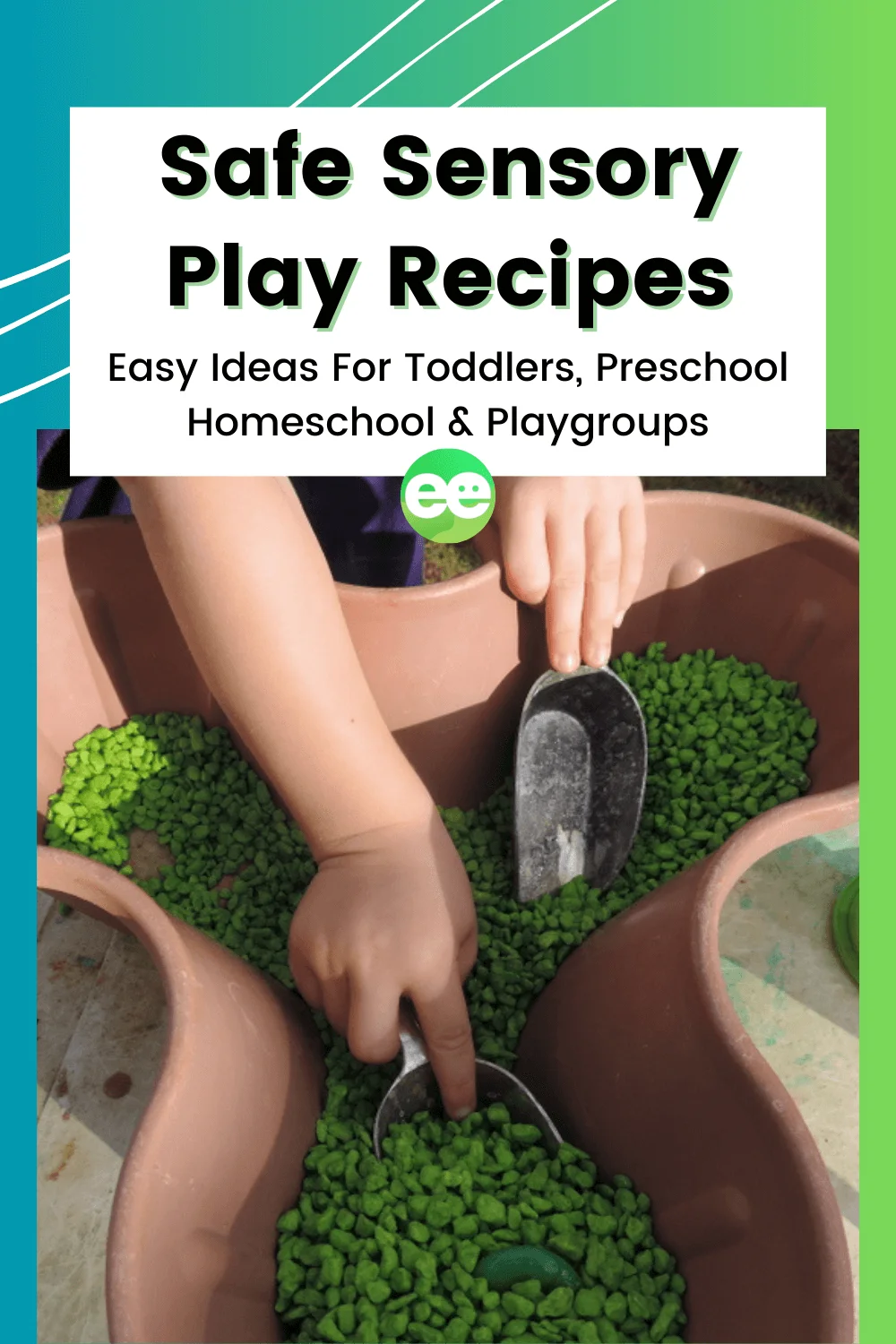
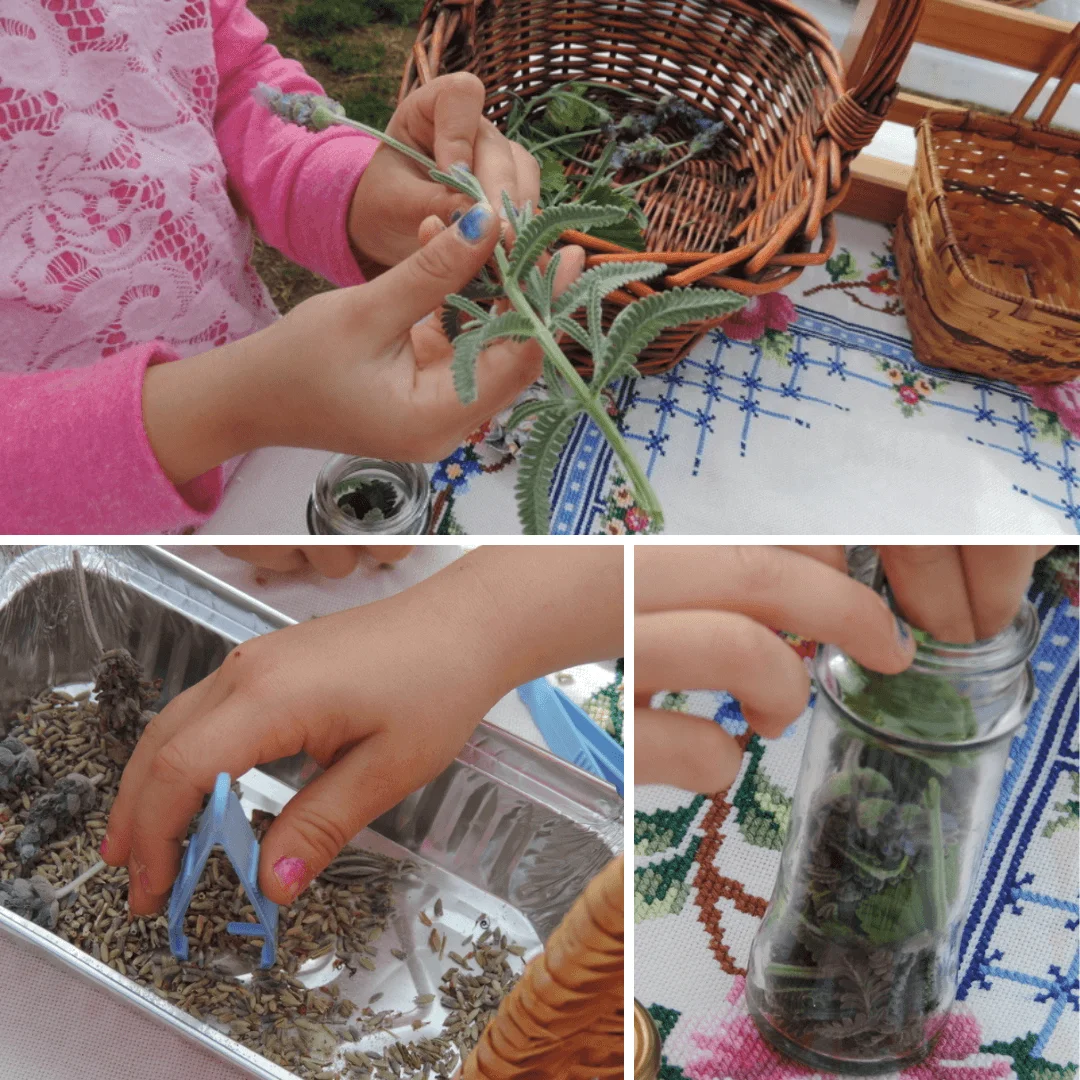
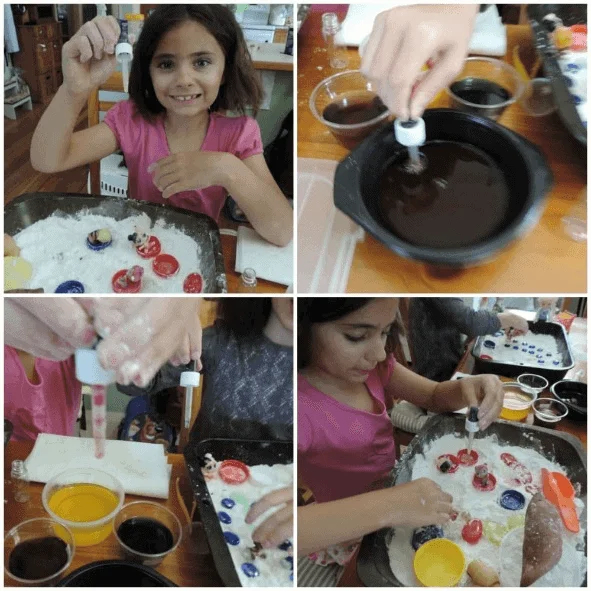
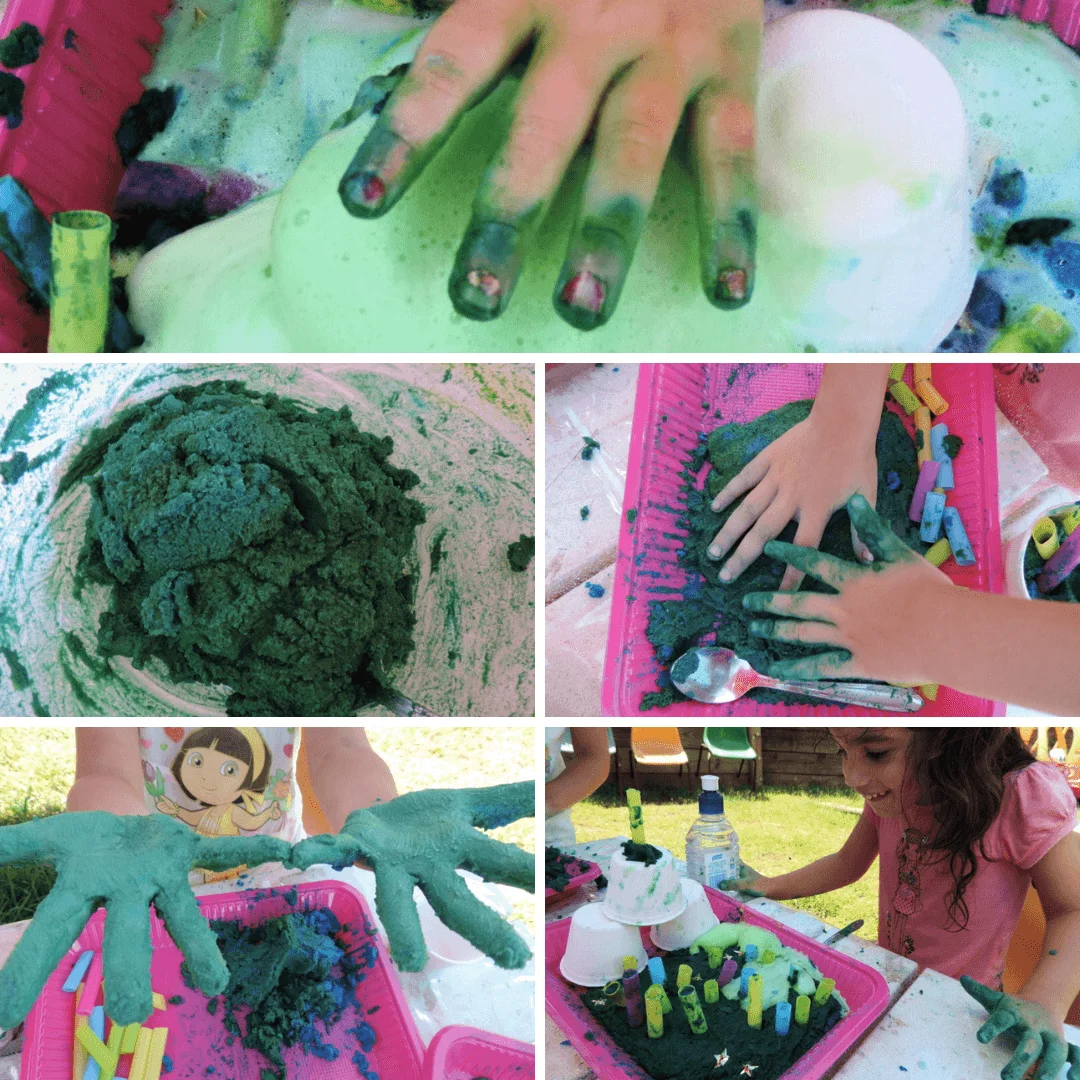



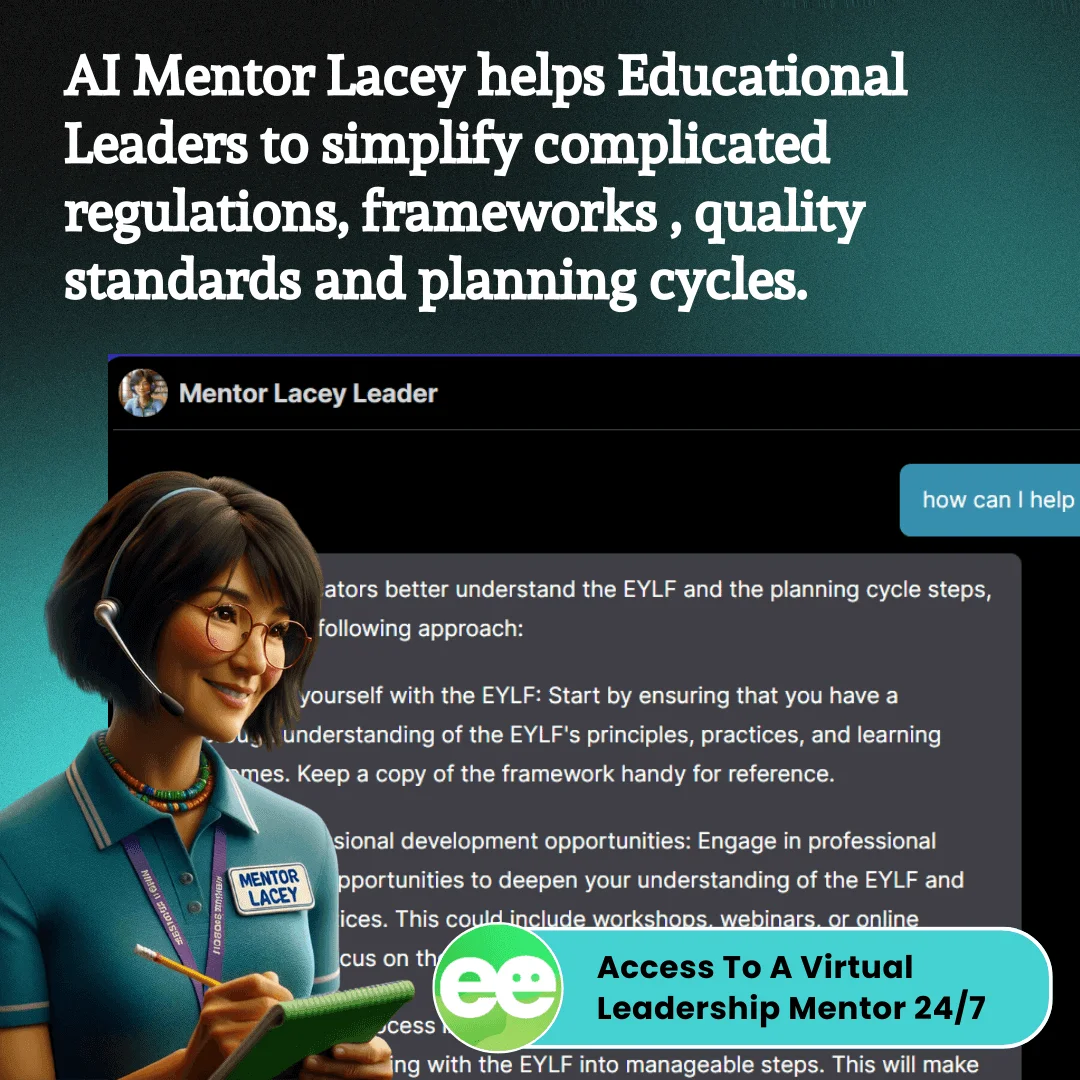
Leave a Reply